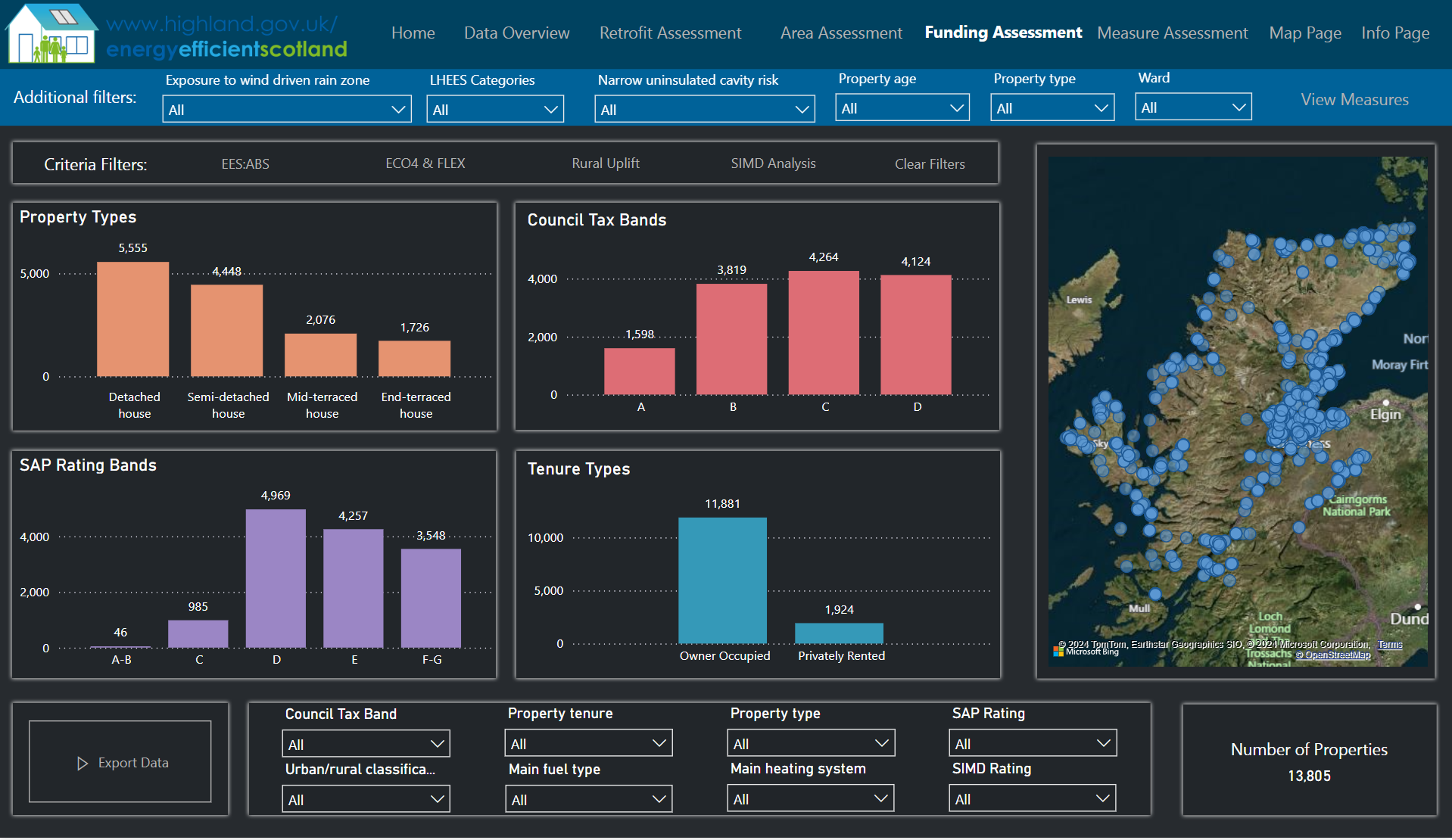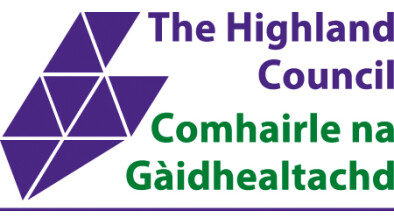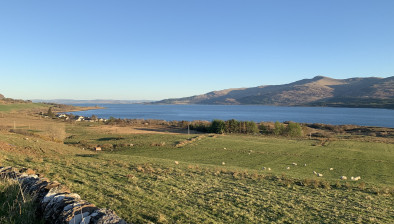New energy benchmarking tool to analyse Highland properties

An example of the domestic property data tool
Highland Council has unveiled a new online tool which will help speed up the process of identifying households that are most in need of energy efficiency improvements.
Last year the local authority launched its pioneering Energy Benchmarking Tool which is used to monitor non-domestic property-related carbon emissions and energy expenditure.
The creation of that tool became the catalyst for the team to develop the new tool. The Domestic Property Dashboard has been designed to assess and visualise data held for domestic properties in Highland.
Chair of Highland Council’s Climate Change Committee, Cllr Sarah Fanet, said: “The aim of the dashboard is to allow the council to identify the most inefficient properties across the region (all tenures) to allow the council to develop place-based projects which seek to improve property efficiency and support the council’s ambition to reduce fuel poverty across the region, this is in line with the council’s Net Zero and LHEES strategies.”
It will also provide an invaluable tool which can be utilised when applying for external funding to support the delivery of energy efficiency projects across all tenures. Data can be filtered to identify properties which are likely to be eligible for external grant funding. This tool will be invaluable during the process of applying for funding in the future.
This would have been a manual process previously, but this tool will allow officers to speed up the process and meet external funding deadlines, which often have tight deadlines and short lead in times.
The tool also allows the team to filter property types and includes all tenure housing, covering every domestic property in Highland.
Externally funded domestic retrofit projects offer eligible Highland residents the opportunity to benefit from energy efficiency measures which reduce carbon emissions, can reduce heating costs, reduce levels of fuel poverty, and ensure a just transition to net zero.







